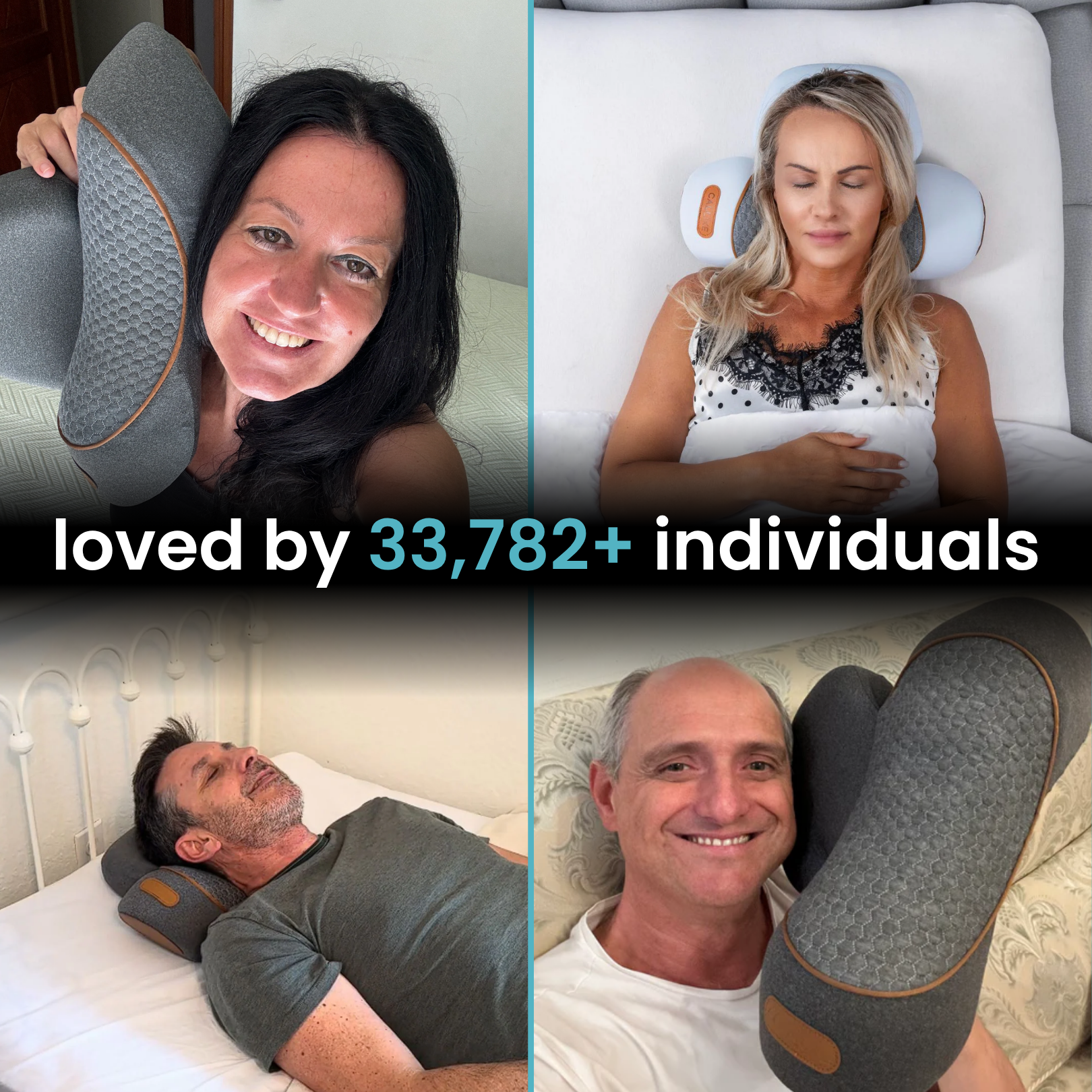
Tips for Neck Pain Relief with Device: Expert Guidance 2025
Introduction
Neck pain remains a prevalent issue in 2025, affecting millions worldwide due to our increasingly digital lifestyles. Whether from prolonged screen time, poor posture, or stress, managing neck discomfort is more critical than ever. With technological advancements, device-based solutions have emerged as effective options for alleviating neck pain. This article offers expert guidance on utilizing these innovative devices safely and effectively to improve quality of life.
Understanding Neck Pain in 2025
Common Causes of Neck Pain Today
- Sedentary lifestyles and screen time: Extended periods sitting at desks or using smartphones strain neck muscles and joints.
- Poor ergonomics: Improper workstation setups can lead to misalignment and chronic discomfort.
- Stress and muscle tension: Emotional stress often results in muscle tightness, contributing to persistent pain.
- Underlying medical conditions: Issues such as herniated discs or osteoarthritis can also cause neck pain.
Impact of neck pain on daily life and productivity
Chronic neck pain can diminish concentration, reduce mobility, and impair overall productivity. It affects personal relationships and inhibits daily activities, emphasizing the need for effective relief strategies.
Types of Devices for Neck Pain Relief
Electronic and Massage Devices
- TENS Units: These devices use electrical impulses to target nerve pathways, reducing pain and muscle tightness.
- Massage Guns and Vibrational Massagers: They promote blood circulation and relax tense muscles, providing immediate relief.
Support Devices and Braces
- Cervical Pillows: Designed to support the neck during sleep, helping maintain proper alignment.
- Neck Braces: Provide stability and limit movement to facilitate healing.
Posture Correction Devices
- Wearable Posture Trackers: These devices alert you to slouching, encouraging better posture habits.
- Smart Ergonomic Chairs: Adjustable seating that supports healthy spinal alignment during work.
Emerging Technologies in 2025
- AI-Powered Personalized Therapy Devices: These devices analyze user data to tailor treatment plans for optimal relief.
- Augmented Reality (AR) Guided Relief Systems: Assist users with real-time visual guidance for exercises and posture correction.
Expert Tips for Using Devices Safely and Effectively
Consultation with Healthcare Professionals
Always consult a healthcare provider before starting device-based therapy, especially if you have underlying medical conditions. Professionals can help personalize your treatment plan for safe and effective results.
Proper Device Selection
Select devices suited to your specific neck pain cause. Consider factors like safety features, ease of use, and device capabilities to ensure optimal benefits.
Correct Usage Techniques
Follow manufacturer instructions meticulously. Use devices for recommended durations, avoiding overuse to prevent irritation or dependence.
Combining Devices with Other Therapies
Enhance your relief by integrating physical therapy exercises, ergonomic adjustments, and stress management techniques alongside device use for comprehensive care.
Practical Tips for Enhancing Device Effectiveness
Establishing a Routine
Consistency is key. Set daily reminders and stick to a schedule to maximize the benefits of your device-based treatments.
Incorporating Daily Lifestyle Changes
Optimize your workspace ergonomics and incorporate regular stretching or movement breaks to prevent neck strain.
Monitoring Progress
Keep a pain diary to track improvements and setbacks. Adjust device usage based on feedback and ongoing symptom changes for best results.
Common Pitfalls and How to Avoid Them
- Reliance solely on devices: Relying only on devices without addressing root causes often leads to modest or temporary relief.
- Ignoring underlying issues: Not seeking medical advice can mask serious conditions needing professional intervention.
- Using devices without proper guidance: Incorrect operation may cause harm; always follow expert advice and instructions.
- Neglecting ergonomic and lifestyle factors: Poor habits can undermine device benefits; comprehensive lifestyle adjustments are essential.
Future Trends in Device-Based Neck Pain Relief (2025 and Beyond)
Increased Personalization Through AI
Smart devices harness AI to analyze individual data, creating tailored treatment plans for more effective relief.
Integration of Wearable Technology
Expect seamless integration of wearables that monitor posture, muscle tension, and movement in real-time.
Advances in Non-Invasive Pain Management
Emerging technologies aim to provide drug-free, non-invasive solutions, enhancing comfort and safety.
Enhanced User Engagement and Data Tracking
Improved interfaces and data analytics foster active user participation and allow precise progress monitoring.
Conclusion
In 2025, device-assisted neck pain relief offers promising avenues for managing discomfort, but success depends on a holistic approach. Combining technology, professional guidance, ergonomic habits, and lifestyle changes ensures the best outcomes. Always consult healthcare professionals to tailor treatments specifically to your needs, and stay informed about innovative solutions shaping the future of neck pain management.
Resources
Explore reputable device manufacturers such as Therapy Solutions and MedTech Innovations for trusted products. For professional guidelines, visit organizations like American Physical Therapy Association. For additional reading, check out resources like Neck Pain Management Research.
Check out this amazing product: FisioRest Pro™ - 3-in-1 Cervical Therapy System.

